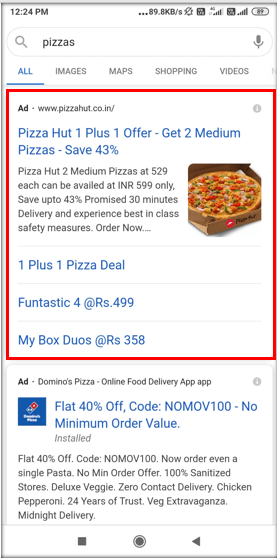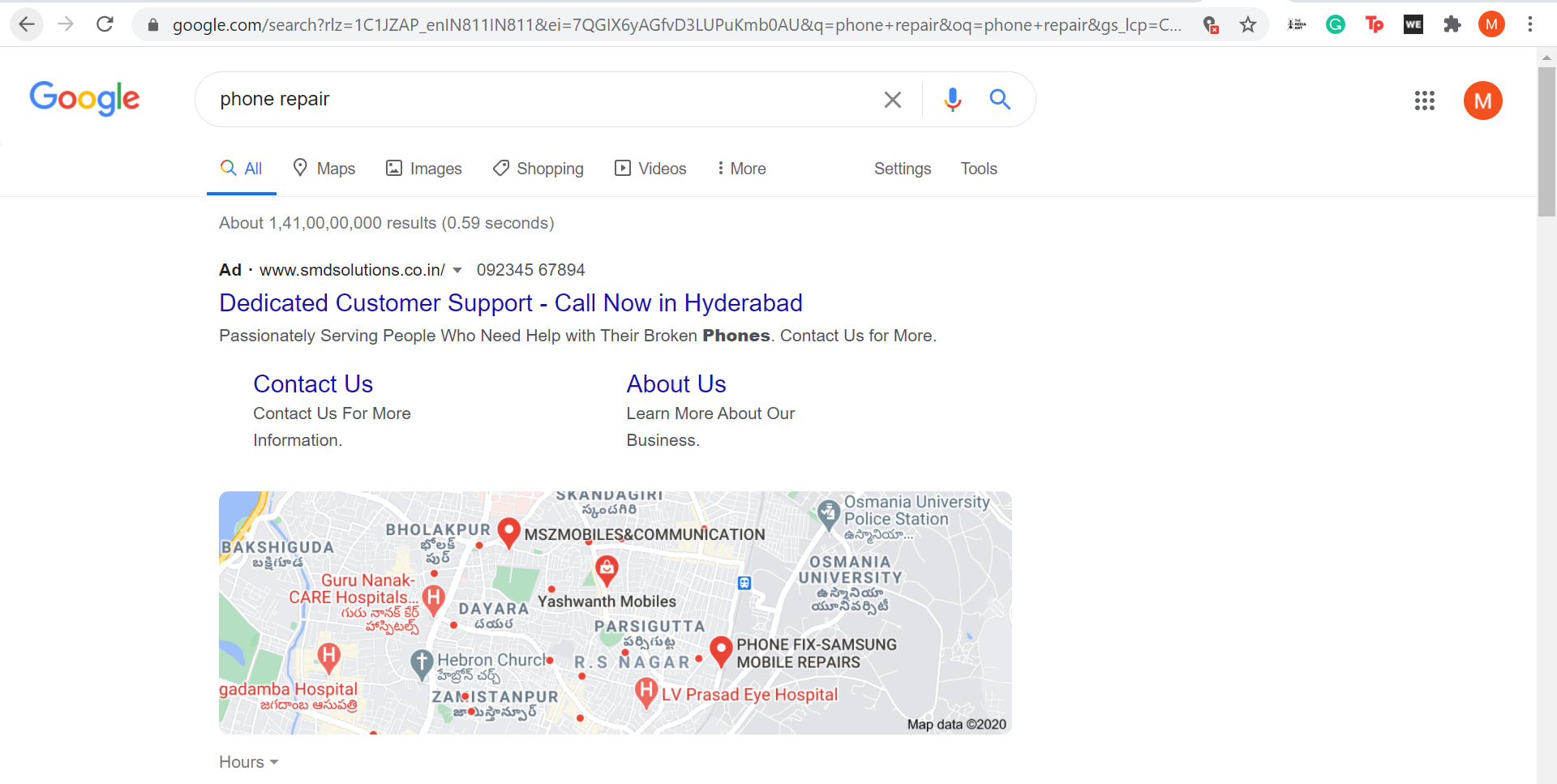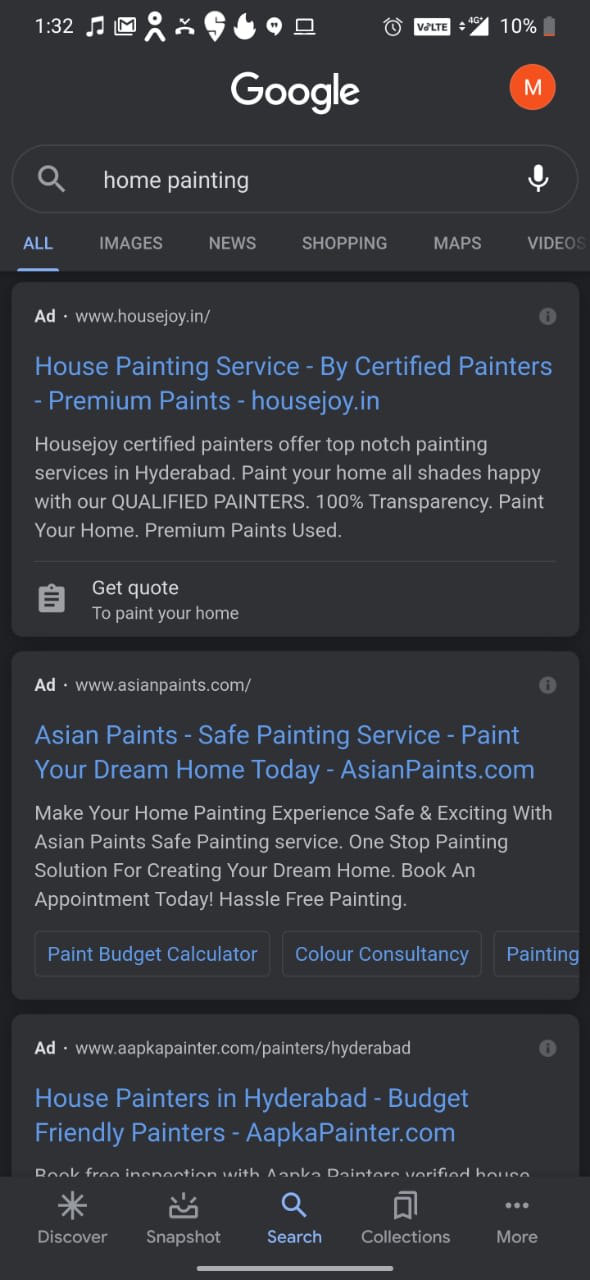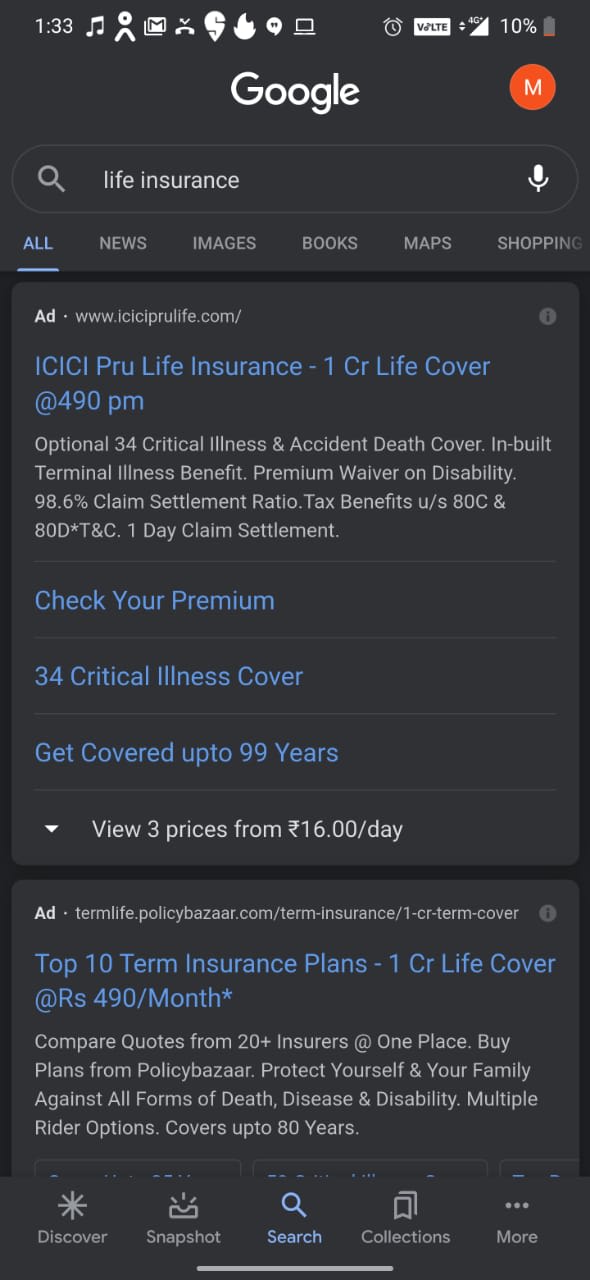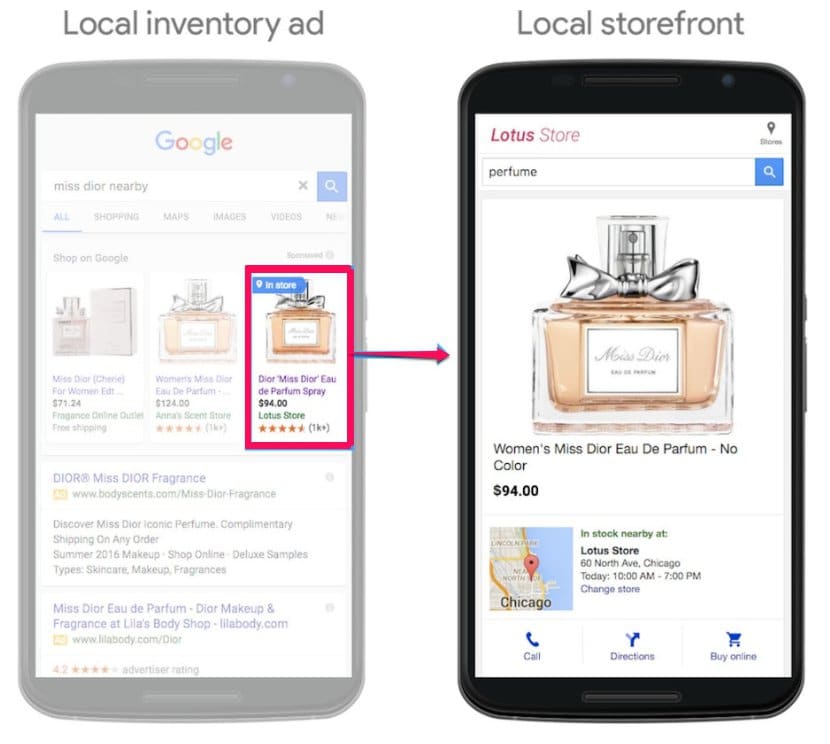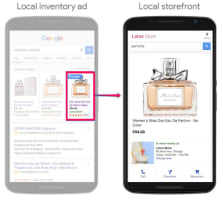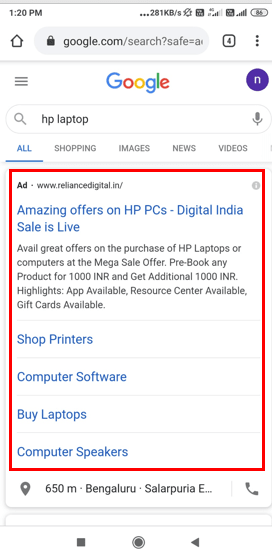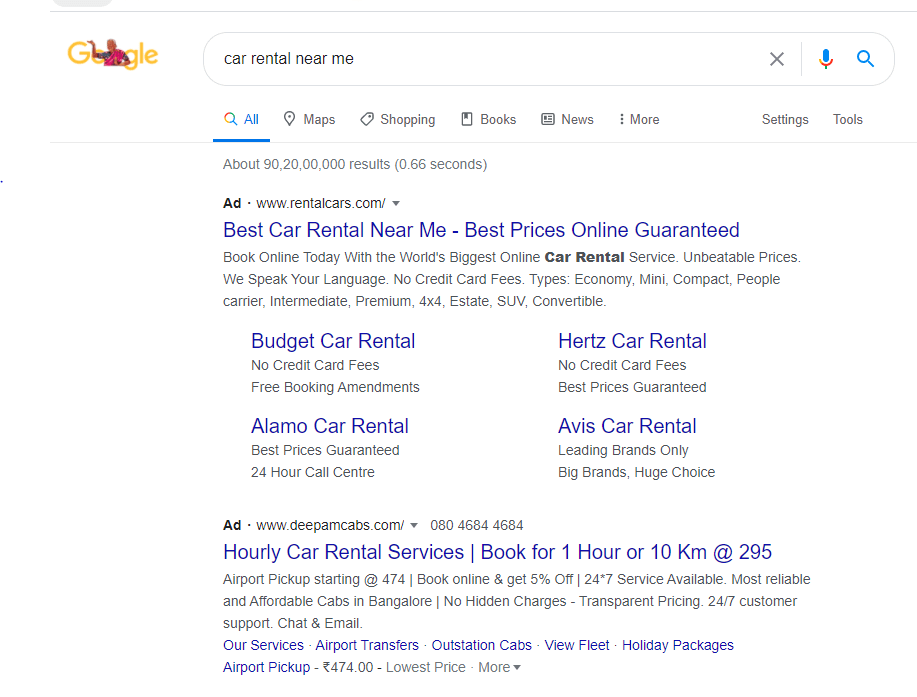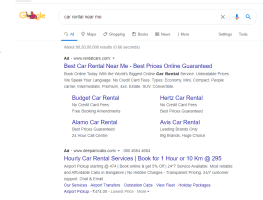Google Search Advertising Cost

About Google Search Advertising Cost
Google AdvertisingIn today’s fast-paced digital world, businesses are increasingly relying on online advertising to reach customers at the right time and place. Among the various advertising platforms available, Google Advertising stands out as one of the most powerful and cost-effective tools for promoting your business. With over 3.5 billion searches conducted on Google each day, the platform offers an incredible opportunity to connect with users actively searching for products or services like yours.Whether you’re a small business looking to generate leads or a large enterprise striving for brand visibility, Google Advertising can help you achieve your marketing goals. In this article, we’ll delve deep into the world of Google Advertising, exploring its different forms, how it works, best practices, and how you can leverage this tool to drive traffic, increase conversions, and outperform competitors.What is Google Search Advertising?Google Advertising, specifically Google Search Ads, refers to the paid ads that appear on Google’s search engine results pages (SERPs) when users search for specific keywords related to your products, services, or business. These ads are highly targeted, ensuring that your message reaches people who are actively looking for something you offer.Google Search Ads are part of Google Ads, a platform that allows businesses to create ad campaigns based on a variety of targeting factors such as keywords, location, demographics, and more. The platform operates on a pay-per-click (PPC) model, meaning that advertisers only pay when a user clicks on their ad. This cost-efficient model makes Google Advertising accessible for businesses of all sizes, allowing even small businesses to compete with larger players in the market.Why Google Search Advertising is Essential for Your Business?When it comes to digital marketing, Google Search Advertising offers unparalleled advantages for businesses looking to expand their online presence. Here are some compelling reasons why you should incorporate Google Advertising into your marketing strategy:1. Targeted ReachGoogle Ads provides you with the ability to reach highly targeted audiences. Through keyword targeting, your ads will only be displayed when users search for specific terms related to your business. This precision ensures that your ads are shown to people who are already interested in your offerings, maximizing your chances of converting them into customers.Moreover, Google Ads offers several other targeting options, such as location targeting, device targeting, and demographic targeting. For instance, if your business only operates in a specific region, you can ensure that your ads are shown only to users in that geographical area. This allows you to focus your marketing efforts on those most likely to engage with your brand.2. Cost-EffectivenessOne of the biggest advantages of Google Advertising is its cost-effectiveness. With Google Ads, you have complete control over your advertising budget. You can set a daily or monthly budget and adjust it based on your goals and performance. Additionally, the platform uses a bidding system, where you pay based on the cost-per-click (CPC) of your selected keywords. You’re only charged when a user clicks on your ad, ensuring that your budget is spent on actual engagement.Furthermore, the ability to track and measure the performance of your ads allows you to optimize your campaigns over time, ensuring that every penny of your budget is being spent effectively. By fine-tuning your ads and targeting, you can achieve a high return on investment (ROI) and drive quality traffic to your website without breaking the bank.3. Instant ResultsUnlike organic search engine optimization (SEO), which can take months to show results, Google Search Ads provide instant visibility. Once your ad campaign is live, your ads will appear at the top of Google’s search results, driving immediate traffic to your site. This is especially valuable for businesses that need quick results or are launching a time-sensitive product or service.4. Measurable and Data-DrivenGoogle Ads offers detailed reporting and analytics, allowing you to track the performance of your campaigns in real-time. You can measure key metrics such as impressions, clicks, click-through rate (CTR), and conversions. This data is invaluable for understanding how well your ads are performing and where you need to make improvements.By using Google Analytics in conjunction with Google Ads, you can gain insights into customer behavior on your website, such as which pages they visit and how long they stay. This information allows you to adjust your strategy, optimize your ads, and ultimately improve your overall marketing efforts.Types of Google Search AdsGoogle Advertising offers various ad formats, each designed to serve different business needs. Let’s explore the most common types of Google Search Ads:1. Text AdsText ads are the most basic and commonly used ad format in Google Search Advertising. They consist of a headline, a description, and a display URL. These ads appear at the top or bottom of Google’s search results when users search for specific keywords. Text ads are ideal for businesses looking to drive website traffic or generate leads.2. Shopping AdsFor e-commerce businesses, Google Shopping Ads are a powerful tool. These ads display your product image, title, price, and business name directly in the search results, making them more visually appealing and informative than text ads. Shopping Ads are particularly effective for driving sales and attracting customers who are ready to purchase.3. Call-Only AdsCall-Only Ads are designed to encourage users to call your business directly from the search results. These ads are particularly useful for businesses that rely on phone calls, such as service-based industries (e.g., plumbers, electricians, medical professionals). The ad format includes a phone number and a call-to-action to prompt users to dial.4. Smart CampaignsSmart Campaigns are automated ad campaigns designed for small business owners with little to no experience in online advertising. Google automates the targeting, bidding, and ad creation process, making it easy for business owners to get started with minimal effort. While Smart Campaigns are convenient, they offer less customization and control than other ad formats.5. Dynamic Search AdsDynamic Search Ads automatically generate headlines and landing pages based on the content of your website. These ads are useful for businesses with large inventories or rapidly changing products, as Google automatically updates the ads to reflect your website’s content.How Does Google Search Advertising Work?Google Search Advertising operates through a process called the Google Ads Auction. Here’s a step-by-step breakdown of how it works:1) Keyword SelectionFirst, you choose the keywords you want to target. These are the words or phrases that potential customers will search for when looking for products or services similar to yours.2) Ad Rank CalculationWhen a user conducts a search, Google runs an auction to determine which ads will appear and in which order. Google calculates your Ad Rank based on several factors, including your bid amount, the quality of your ad, and the relevance of your keywords.3) Bid and CostIn Google Ads, you set a maximum bid for each keyword, which represents the amount you're willing to pay for each click. However, your actual cost per click may be lower than your bid amount, depending on your ad rank and competition.4) Ad PlacementThe highest-ranking ads appear at the top of the search results, while lower-ranking ads appear further down or on the next page. However, it’s important to note that Google doesn’t just consider bid amount when determining ad placement; ad relevance and quality are also key factors.5) OptimizationOnce your ad campaign is live, it’s essential to monitor and optimize its performance. Google Ads provides detailed reports that help you understand which keywords and ads are driving the most traffic and conversions. By adjusting your targeting, keywords, and ad copy, you can improve your campaign's performance and ensure better results.Best Practices for Google AdvertisingTo maximize the effectiveness of your Google Ads campaign, it’s important to follow some best practices:1. Create Relevant and Engaging Ad CopyYour ad copy is your first impression on potential customers. Ensure that your ad headline and description clearly convey the benefits of your product or service. Use action-oriented language and include a strong call-to-action (CTA), such as "Buy Now" or "Contact Us Today."2. Use Keyword Variations and Negative KeywordsTo avoid wasting your budget on irrelevant clicks, it’s important to use a variety of keyword variations. For example, instead of just targeting “Google Advertising,” try “advertise on Google,” “Google Ads for business,” or “Google PPC advertising.” Additionally, use negative keywords to exclude irrelevant search queries and prevent your ads from appearing in front of the wrong audience.3. Optimize Landing PagesEnsure that the landing page users are directed to after clicking on your ad is relevant and user-friendly. The page should load quickly, feature clear messaging, and contain a visible call-to-action. A seamless user experience will increase the chances of conversions and improve your Quality Score.4. Track and Measure PerformanceGoogle Ads offers a wide range of metrics to track and measure your campaign’s performance, including impressions, clicks, CTR, and conversions. Use these metrics to identify which keywords, ads, and targeting strategies are working best, and optimize accordingly.5. Test and ExperimentContinuous testing is key to improving your Google Ads campaigns. Try A/B testing different ad variations, headlines, and CTAs to see what resonates best with your audience. Testing helps you identify the most effective elements of your ads and refine your approach over time.Google Advertising is an invaluable tool for businesses looking to increase their online visibility, drive targeted traffic, and boost conversions. By understanding how Google Ads works, implementing best practices, and continuously optimizing your campaigns, you can maximize the impact of your advertising efforts. Whether you’re a small business just starting or an established brand looking to scale, Google Advertising offers the flexibility and reach needed to succeed in today’s competitive online landscape.Start leveraging the power of Google Ads today, and watch your business grow!FAQs Related to Google AdvertisingWhat is Google Advertising?Google Advertising (Google Ads) is an online advertising platform where businesses create ads that appear on Google search results, websites, and other Google platforms. It uses a pay-per-click (PPC) model, where advertisers pay when users click on their ads.How much does it cost to advertise on Google?The cost of Google Ads depends on factors like keyword competition, target audience, and your bidding strategy. Costs are usually measured by cost-per-click (CPC), and you can set daily or monthly budgets to control spending.How do I start Google advertising?To start Google advertising, create a Google Ads account, choose your campaign goal, set a budget, select keywords, write ad copy, and launch your campaign. Google will guide you through the setup process with easy-to-follow steps.Is Google a good way to advertise?Yes, Google is one of the most effective ways to advertise, offering precise targeting, instant results, cost control, and measurable performance, making it ideal for businesses of all sizes looking to drive traffic and generate leads.
Key Insights
Top Choice
Store Visit Campaign
Base Rate ✅
₹ 0.12 Per Impression
Confused?
We can help
Hire our expert media planners to find, plan and place your next promotion.
Google Search Advertising Cost
Advertising Option | TMA Offer |
|---|---|
Search Ad | ₹ 20 Per Click |
Store Visit Campaign | ₹ 0.11 Per Impression |
Dynamic Search Ad | ₹ 20 Per Click |
Smart Campaign | ₹ 20 Per Click |
